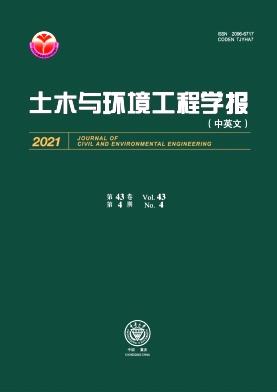电絮凝技术在烯烃厂废碱处理中的应用
Q2 Engineering
Tumu yu Huanjing Gongcheng Xuebao/Journal of Civil and Environmental Engineering
Pub Date : 2021-01-01
DOI:10.37421/2165-784X.2021.11.396
引用次数: 0
摘要
采用电絮凝法对某烯烃厂废碱液的处理进行了研究。采用田口法对工艺参数进行优化,优选出pH = 6、电流密度为35 mA/cm2、处理时间为40 min的最佳工艺条件。实验结果表明,在最佳操作条件下,COD的最终降低效率约为89%,其中pH对工艺的影响最为显著,贡献系数为79.10%。根据XRD和XRF分析结果,污泥的行为与对其价值链至关重要的硫酸钠非常相似。研究结果表明,电絮凝法可作为配套装置用于降低烯烃厂废碱液的COD。本文章由计算机程序翻译,如有差异,请以英文原文为准。
Application of Electrocoagulation in Treatment of Spent Caustic from Olefin Plants
In this research the electrocoagulation method was implemented in order to study the treatment of the spent caustic effluent from an olefin plant. To optimize the process parameters, Taguchi method was used, and the optimal conditions were found for pH of 6, current density of 35 mA/cm2, and treatment time at 40 minutes. The experimental results show that the final efficiency in case of reducing the amount of COD is around 89% under optimum operating conditions and pH has the most significant impact on the process with contribution factor of 79.10%. According to results of XRD and XRF analysis, the sludge behavior is very similar to that of sodium sulfate that is important for its value chain. The study results showed that the electrocoagulation method could be used a complimentary facility to reduce the amount of COD of Spent Caustic from an Olefin Plant.
求助全文
通过发布文献求助,成功后即可免费获取论文全文。
去求助
来源期刊

Tumu yu Huanjing Gongcheng Xuebao/Journal of Civil and Environmental Engineering
Engineering-Architecture
CiteScore
1.30
自引率
0.00%
发文量
5346
 求助内容:
求助内容: 应助结果提醒方式:
应助结果提醒方式:


